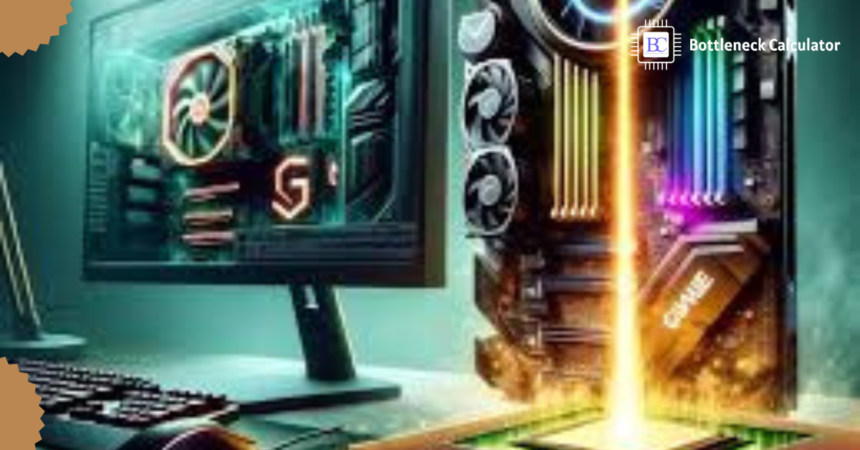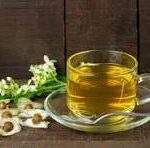In the world of technology and gaming, having a deep understanding of your hardware is essential for optimizing performance. One of the most common issues faced by IT professionals, gamers, and PC enthusiasts is hardware bottlenecking. This problem can limit a system’s ability to run applications efficiently, causing performance drops and frame rate inconsistencies. By training your team to use a bottleneck calculator effectively, you can streamline troubleshooting processes and ensure optimal system performance. In this blog, we’ll cover strategies for educating your team on how to use a PC bottleneck calculator, when to apply it, and how to interpret its results.
Why a Bottleneck Calculator Matters
A bottleneck calculator is a tool used to identify which hardware component (CPU, GPU, RAM, etc.) in a system is limiting overall performance. By calculating the performance potential of each component relative to the others, it helps determine whether an imbalance is causing one part to underperform. This is crucial for ensuring that resources are allocated effectively, and that upgrades or adjustments are made based on data, not guesswork.
If your team can leverage a bottleneck calculator GPU tool effectively, they’ll be able to identify problems more quickly and recommend precise solutions. This knowledge is particularly beneficial for IT support teams, gaming hardware consultants, or anyone involved in configuring high-performance systems.
Step 1: Educate the Team on the Basics of Bottlenecking
Before introducing your team to bottleneck calculators, ensure they understand the fundamental concept of bottlenecking:
- Define Bottlenecking: Explain that bottlenecking happens when one component in a PC restricts the performance of another. This could be a CPU that’s not powerful enough to keep up with a high-end GPU, or a slow RAM module affecting overall system performance.
- Types of Bottlenecks: Clarify the different types of bottlenecks—CPU, GPU, and RAM. Each component can bottleneck the system in a unique way, and understanding these distinctions will help the team diagnose issues more accurately.
- Impact on Performance: Share specific examples of how bottlenecking can impact performance. For example, a bottlenecked GPU can cause frame drops in games, while a CPU bottleneck can result in stuttering or delayed responses in applications.
Step 2: Introduce the Bottleneck Calculator
Once your team understands the basics, it’s time to introduce the PC bottleneck calculator. Choose a reliable online tool that’s easy to use, such as PC Bottleneck Calculator or TechPowerUp’s GPU-Z. These tools have intuitive interfaces and can quickly generate useful insights.
- Demonstrate the Tool’s Interface: Walk your team through the calculator’s interface, explaining how to input various components such as CPU model, GPU model, and RAM type. Show how to select resolutions, games, or applications if the tool supports these options.
- Explain the Calculator’s Metrics: Go over the key metrics provided by the calculator, such as the bottleneck percentage. Highlight that the lower the percentage, the more balanced the components. For example, a bottleneck percentage of 5% or less is typically acceptable, while anything above 15% indicates a significant imbalance.
- Different Calculators for Different Needs: Explain that there are specialized tools like the bottleneck calculator GPU, which specifically analyze the performance balance between CPU and GPU, and more comprehensive options that evaluate the entire system.
Step 3: Training Your Team to Use the Bottleneck Calculator in Real Scenarios
To make your training effective, simulate real-world scenarios. Provide hands-on exercises where team members can practice using the calculator to diagnose bottlenecks in different system configurations.
- Create Sample Configurations: Prepare several PC configurations, each with a specific bottleneck scenario. For example, pair an Intel i3 CPU with an RTX 3080 GPU, and have the team identify the bottleneck using the bottleneck calculator GPU.
- Analyze Results: Have your team analyze the bottleneck results for each configuration and discuss their findings. Encourage them to suggest possible solutions, such as upgrading the CPU, lowering in-game graphics settings, or adding more RAM.
- Compare Bottleneck Scenarios: Use different tools to compare results. For instance, a team member might use a general PC bottleneck calculator, while another uses a dedicated bottleneck calculator GPU. This comparison will help your team understand how different tools approach bottleneck analysis.
Step 4: Interpreting and Acting on the Results
Knowing how to read and act on the results of a bottleneck calculator is just as important as using the tool itself. Train your team to interpret results effectively:
- Understanding the Bottleneck Percentage: As mentioned earlier, a bottleneck percentage below 5% is considered optimal. Train your team to look for high bottleneck percentages and determine whether the issue is with the CPU, GPU, or RAM.
- Identifying the Root Cause: If the bottleneck is primarily in the GPU, the team should focus on whether the graphics settings are too high for the CPU’s capabilities. Alternatively, if the bottleneck is in the CPU, upgrading to a faster model or reducing background applications could be the solution.
- Recommendations Based on Data: Encourage your team to base their recommendations on the data provided by the bottleneck calculator. This might include suggesting hardware upgrades, tweaking software settings, or reconfiguring the PC for optimal balance.
Step 5: Continuous Learning and Practice
Lastly, emphasize the importance of continuous learning. Technology and gaming hardware evolve rapidly, and so do the tools used to analyze performance. Encourage your team to:
- Stay Updated on New Tools: Regularly check for new or updated versions of bottleneck calculators, as these tools frequently incorporate more accurate data and new hardware models.
- Experiment with Different Configurations: Test various configurations to see how different components interact, even if the system setup doesn’t resemble a typical customer or gaming scenario.
- Share Knowledge and Findings: Create an environment where team members can share their findings and best practices. This collaborative approach will help everyone stay informed and improve their diagnostic skills.
Final Thoughts
Training your team to use a cpu bottleneck calculator effectively can significantly enhance their ability to troubleshoot hardware issues and optimize system performance. By understanding the basics of bottlenecking, using the right tools, and interpreting results accurately, your team will be well-equipped to recommend solutions that improve the overall gaming or system experience. With the right training, they’ll become more proficient at diagnosing performance issues and providing precise recommendations, ensuring that every PC configuration delivers its maximum potential.







